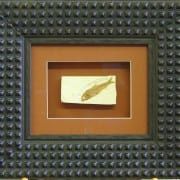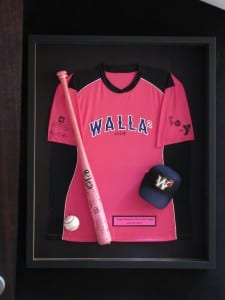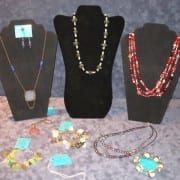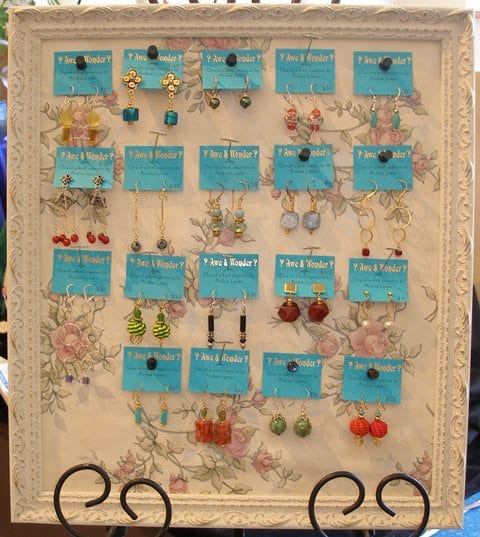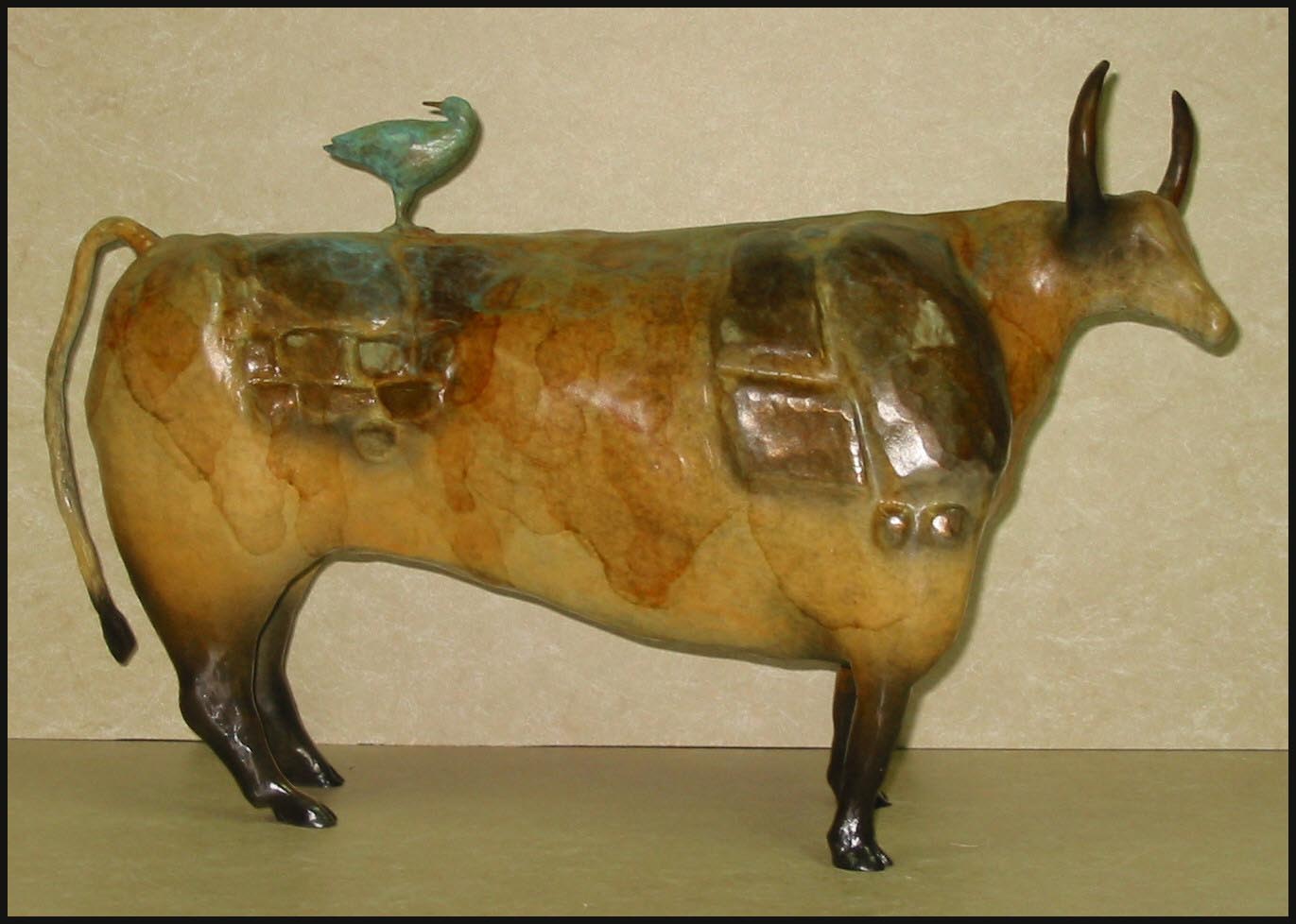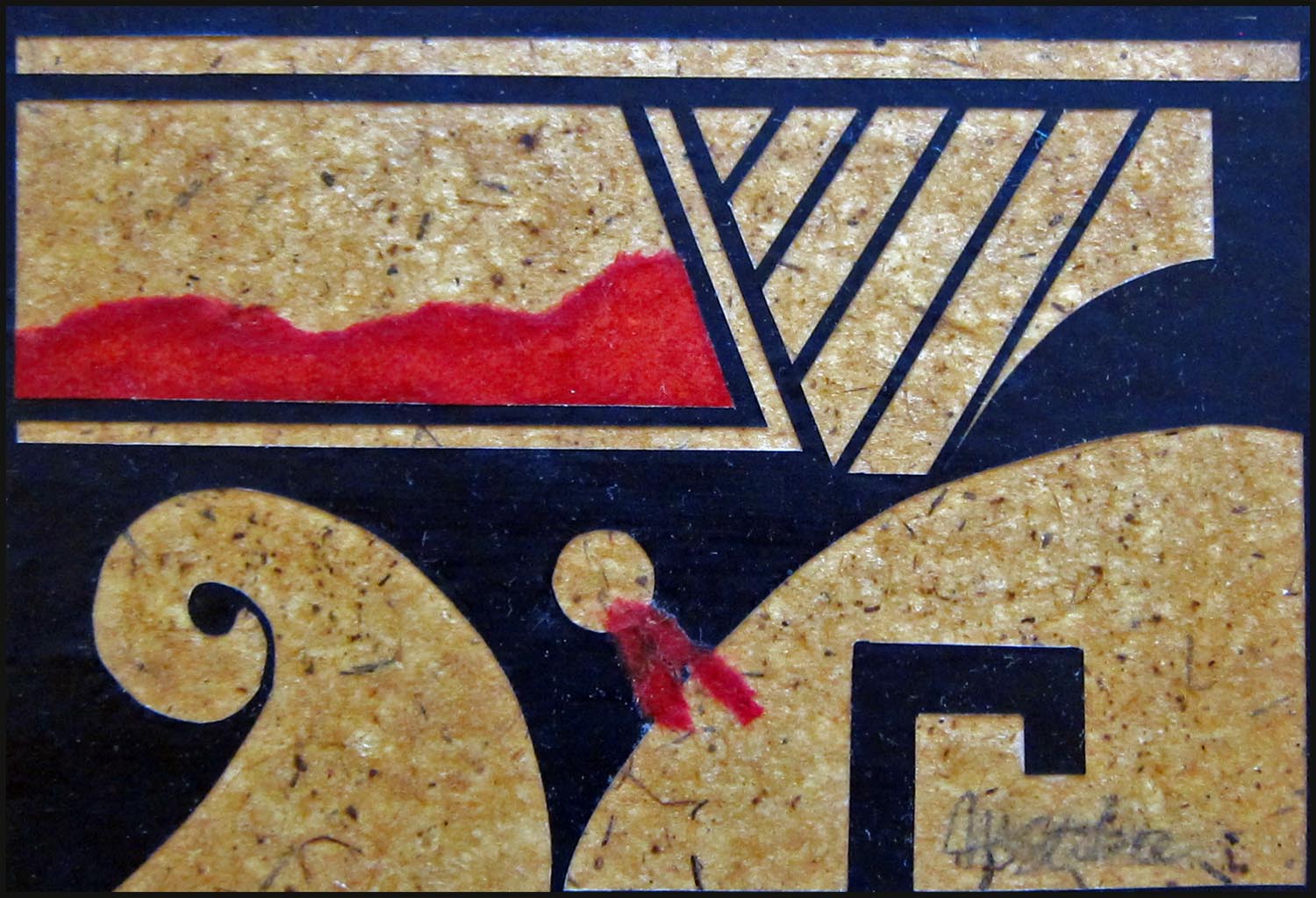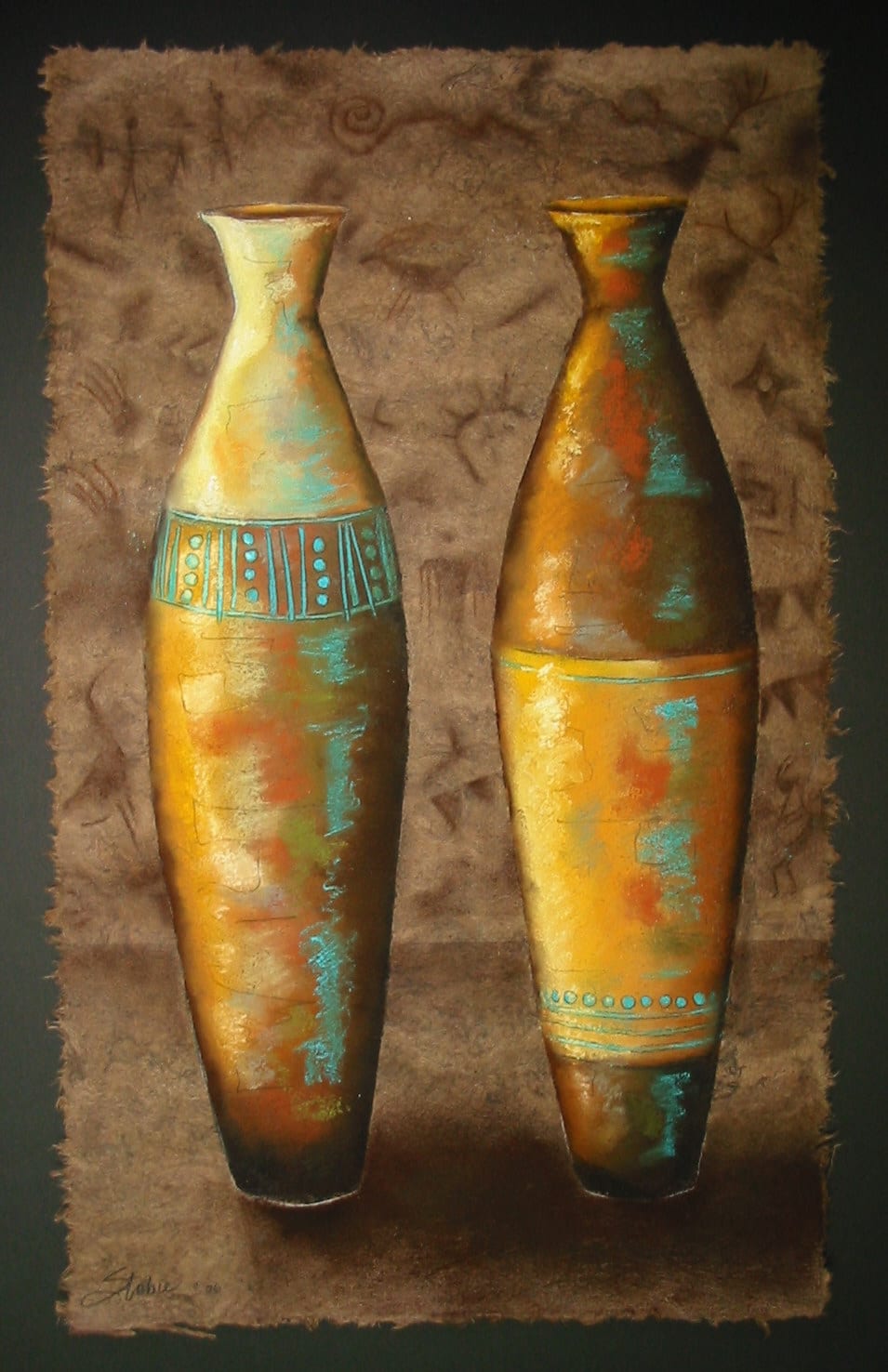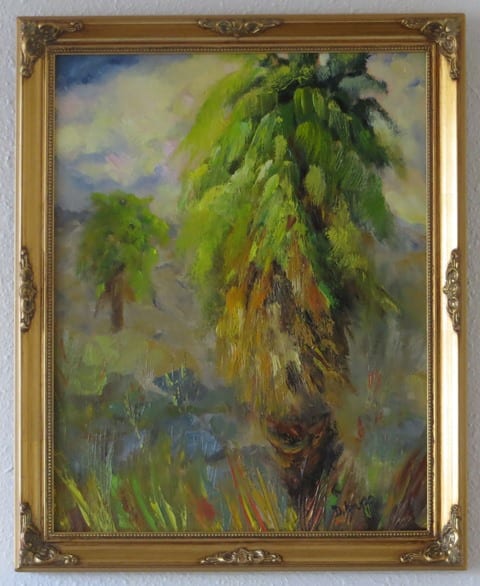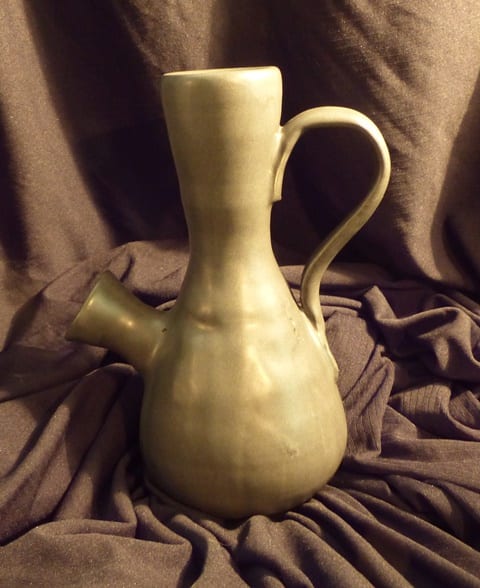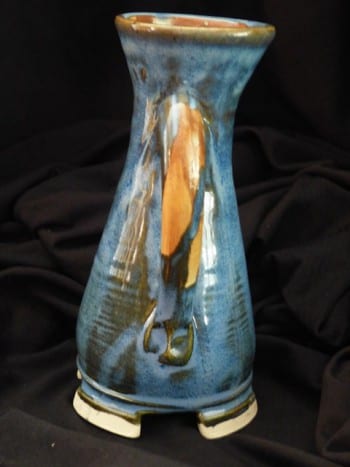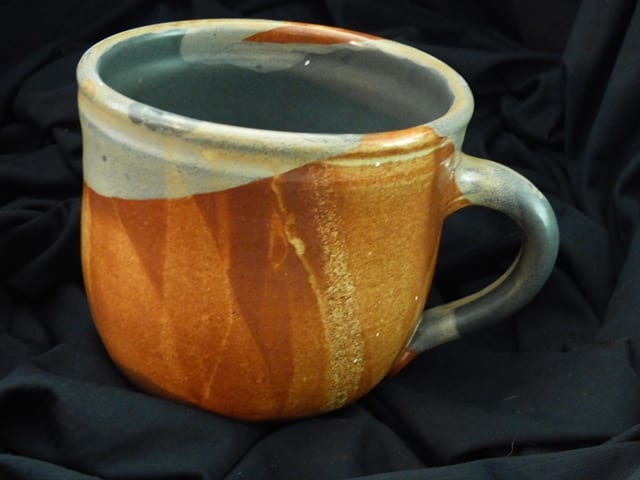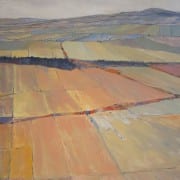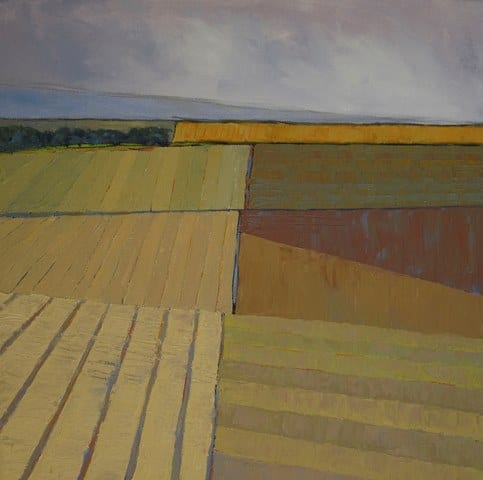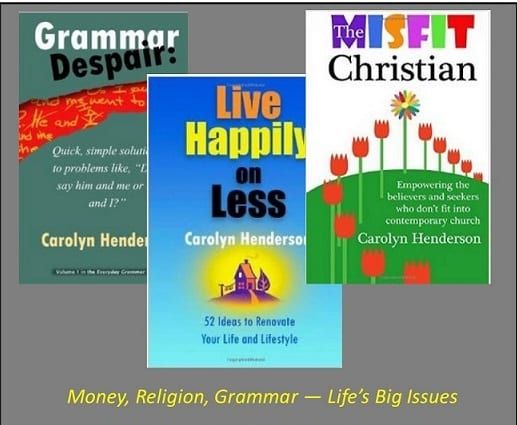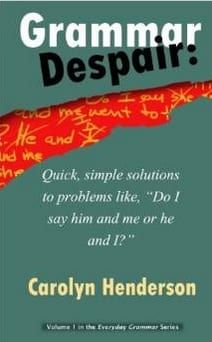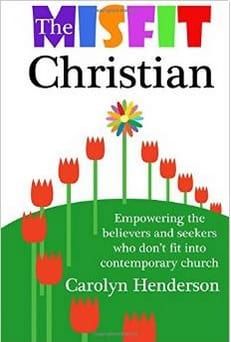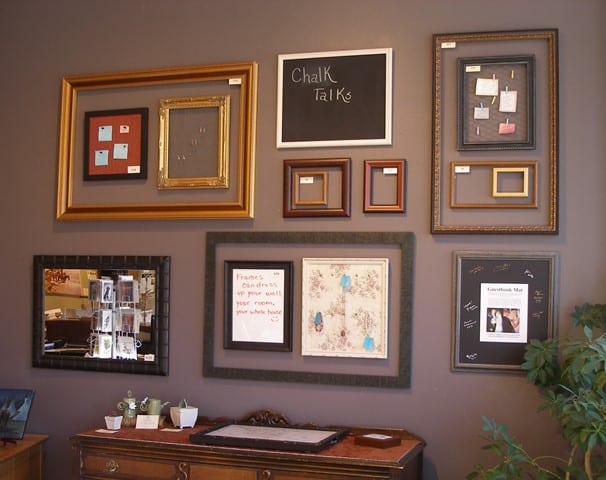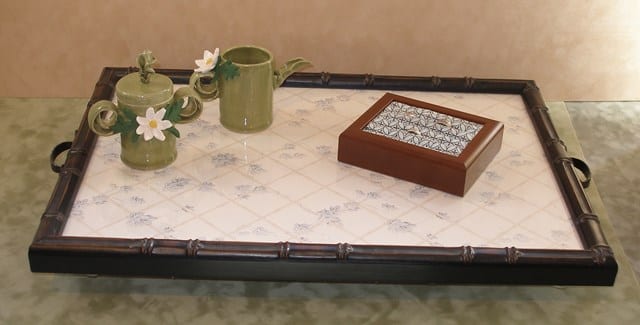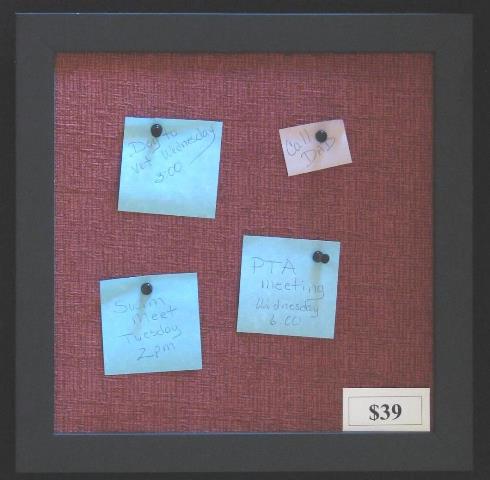Timeless Fashion: The Functional Pottery of Rose Quirk
Human beings are not machines.
Sounds sort of obvious, doesn’t it? While the statement would make a fine social media meme — short, punchy, rhyming, and good for a share or two and 7.5 seconds of fractured reflection — it makes a point well worth comprehending:
Human beings are not machines.
And when those human beings are artists, creating items with their very human, very skilled hands, the resulting craftsmanship is not designed to be found, shrink-wrapped, in a child’s meal.
“Each piece I create is unique, handmade, and even pieces that are part of a set can be different,” says Rose Quirk, a ceramic artist from Richland who specializes in functional wheel-thrown and hand built pottery.
“Mugs are slightly different sizes; the glaze on each piece is unique and has its own personality. This is both wonderful, and challenging.”
Consider, for example, a stack of dinner dishes, she adds. They must, and do, stack evenly, but part of their singular, unparalleled charm is that they do not look like precisely the same piece, eight times over. Before approaching the wheel, Quirk meticulously weighs out the clay, apportioning an equal amount for each item. One after another a plate is shaped on the wheel, guided by steady hands that, after more than 20 years, know what “feels” right. A ruler measures and confirms the final step. The resulting dinnerware, while close in size and shape, is far from being a clone.
“Because each piece is hand-formed, there’s not going to be that exactness that you get in commercial pottery,” Quirk explains. “There are ways to control it without using a mold, but you can’t control it exactly,” nor should this be the driving focus.
“You can go to Walmart and buy a mug for a dollar, but when you spend $25 or $30 on a hand-thrown mug, you appreciate the aspect of its being hand-thrown.”
Such attention to detail, in conjunction with an understanding that nothing is 100 percent predictable, reflect the duality of Quirk’s professional background: a biochemist who has worked for medical and pharmaceutical firms throughout the nation, Quirk concurrently pursued her interest in pottery. Upon moving to Washington State with her husband (“I think we’re here permanently, now”), Quirk focused her attention on the art side of things.
“Science and art have frequently gone hand in hand for me,” Quirk says. “There is a strong correlation between the visualization skills needed to see and understand chemical elements and molecules and the art of creating a three-dimensional piece of pottery.”
Precision, experimentation, observation, research, creativity — a host of elements come to play as Quirk works in her 500-square foot home studio, where half the room is devoted to throwing and firing clay (“This can be quite messy . . . “) and the other half is devoted to finishing, including the addition of embellishments such as collage and fiber.
With an eye on food an entertainment trends, Quirk combs through Pinterest for ideas, which she then transforms into signature, trendy pieces of timeless appeal: a delicately curved, hand-formed platter to hold hors d’oeuvres and finger foods; a shallow dish for creamy Brie cheese; a gently sloping, texturized serving bowl that looks as good everyday on the coffee table as it does in the middle of a holiday gathering. The glazes are rich, warm, earth-toned, and perpetually in vogue.
“My art is in kitchens all across the Mid-Columbia,” Quirk says. “It is to be handled, used and enjoyed every day.”
A member of the Allied Arts Association in Richland, Quirk is a longtime board member who serves as the Featured Artist Chairperson, responsible for setting up and managing the exhibits that rotate through the facility’s 1800 square feet of gallery space. In 2015, she was honored by receiving the coveted Szulinski Award, recognizing artists who have distinguished themselves by their excellence of craftsmanship in a three-dimensional medium.
Such recognition is always positive, but for Quirk, an even greater joy is the creation of her work, melding science with art, and finding that harmonious balance of individuality with congruity. An achievement like this, she notes, is lasting success.
“It has always been my goal to create beautiful, one-of-a-kind, functional pieces.”
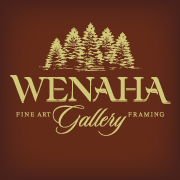 Rose Quirk is the featured Pacific Northwest Art Event artist from Monday, June 20 through Saturday, July 16.
Rose Quirk is the featured Pacific Northwest Art Event artist from Monday, June 20 through Saturday, July 16.
Contact the gallery, located at 219 East Main Street, Dayton, WA, by phone at 509.382.2124 or e-mail art@wenaha.com. Gallery hours are 9 a.m. to 6 p.m. from Monday through Saturday, and by appointment. Visit the Wenaha Gallery website online at www.wenaha.com.
Wenaha Gallery is your destination location for Greenwich Workshop Fine Art Prints, professional customized framing, and original fine art paintings and sculpture by notable Pacific Northwest artists. Books, gifts, note cards, jigsaw puzzles, and more are also available. Visit at 219 East Main, Dayton, WA.
This article was written by Carolyn Henderson.







